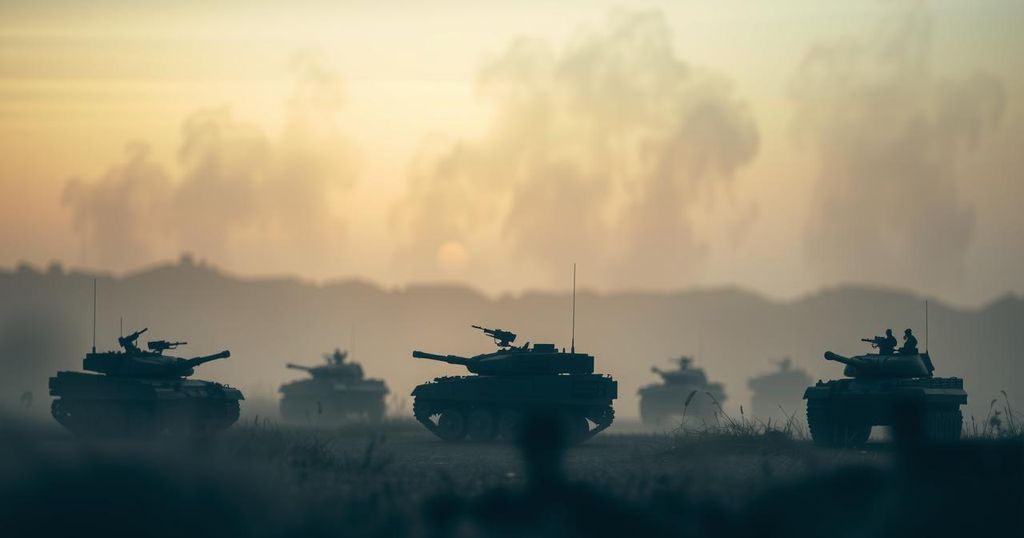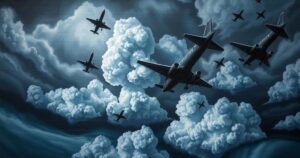The Disappearance of North Korean Troops in the Ukraine Conflict

This article discusses the recent disappearance of North Korean soldiers fighting alongside Russian troops in Ukraine, particularly in the Kursk region. It highlights their deployment, combat effectiveness, reported casualties, and insights into captured soldiers’ motivations. The article also touches on the lack of protective gear and the extent of their armament compared to Russian forces, as well as speculation on their potential return to combat.
Recently, reports have indicated the disappearance of North Korean soldiers involved in combat alongside Russian troops in Ukraine. Colonel Oleksandr Kindratenko, spokesperson for the Ukrainian Special Operations Forces, noted that it has been nearly three weeks since Ukraine last observed these North Korean fighters in battle near Kursk, a region experiencing persistent conflict since a Ukrainian incursion last summer.
Intelligence suggests North Korea dispatched approximately 12,000 soldiers, many directed towards the Kursk frontline. Ukrainian estimates indicate that half of these may have been killed or injured in what some labeled as a deployment of “cannon fodder.” Despite their rigorous military background, these troops reportedly lack combat experience, making their effectiveness subject to debate among observers.
While Kim Jong Un proposed the deployment of elite forces to support Russia, Ukrainian sources highlighted their rapid and erratic movement in avoidance of drone strikes, underscoring a lack of familiarity with modern warfare tactics. At least two North Korean prisoners of war have been confirmed in Ukrainian custody, revealing insights into their situation and motivations.
Captured fighters have displayed a strong desire to avoid capture, with reports suggesting some have taken their own lives rather than face Ukrainian forces. Ukrainian President Volodymyr Zelensky indicated that one POW expressed a wish to remain in Ukraine, while the other wished to return home. Ukrainian forces have shown compassion towards captured soldiers, providing medical care and sustenance despite ongoing hostilities.
The North Korean troops often enter combat with limited equipment, having shed protective gear to enhance mobility during assaults. Their Russian-issued backpacks primarily contain ammunition, with reports indicating they are better armed than their Russian counterparts, carrying modern variants of military weaponry, including AK-12 assault rifles.
The absence of North Korean troops has been attributed to significant losses, yet their potential return to active combat remains uncertain. Analysts speculate that fresh training or alternate strategies might reintegrate these soldiers into the front lines, raising questions about additional deployments from North Korea amid ongoing hostilities in the region.
The article examines the involvement of North Korean troops in the ongoing conflict in Ukraine, specifically their deployment alongside Russian forces in the Kursk region. It discusses the troops’ initial engagement, performance, and subsequent disappearance from the battlefield, as well as the implications of their combat experience and capabilities. The presence of North Korean prisoners of war adds further context to the complexities of international military involvement in the conflict, highlighting the contrasting motivations and outcomes observed on the ground.
In summary, the article outlines the complex dynamics surrounding North Korean soldiers participating in the Ukraine conflict. Although they were initially deployed in substantial numbers, reports suggest many have sustained heavy casualties and subsequently vanished from frontline operations. The implications of their engagement and potential return to combat remain pivotal to understanding the evolving landscape of this regional conflict.
Original Source: www.newsweek.com







